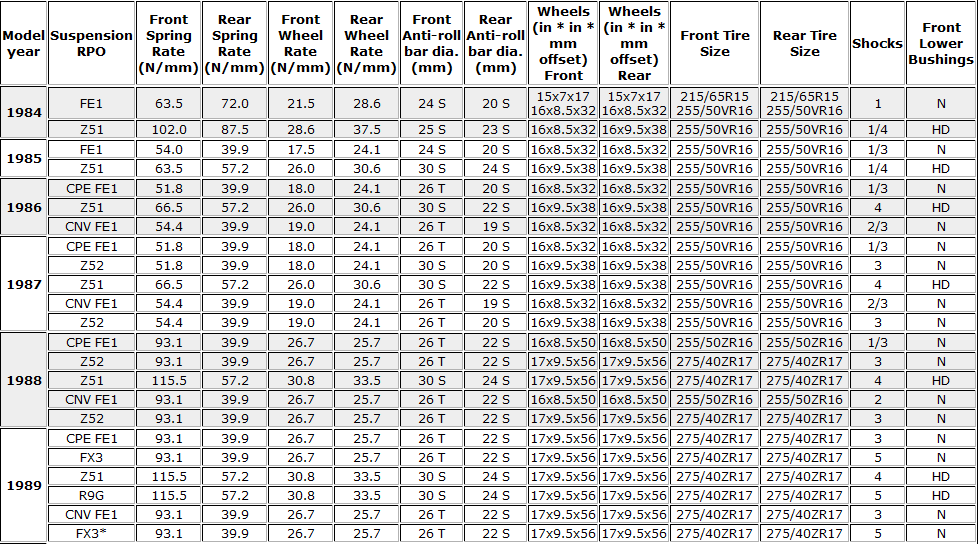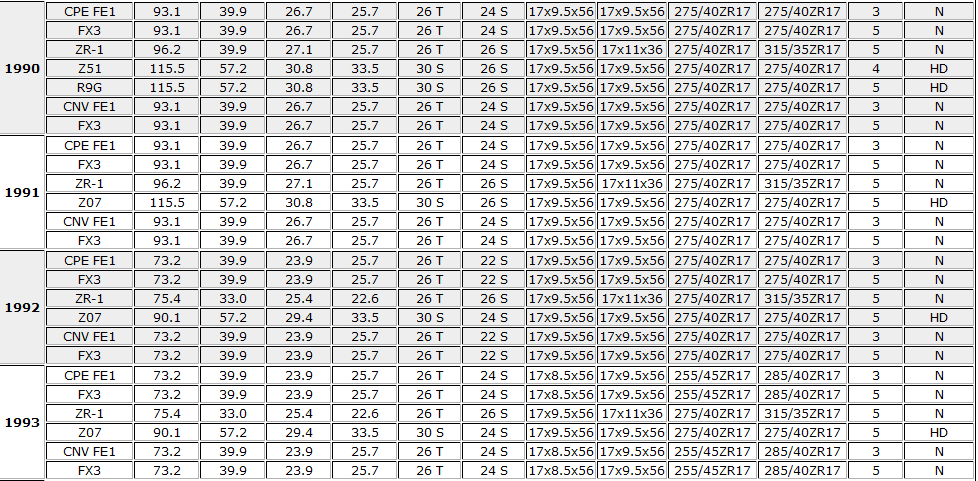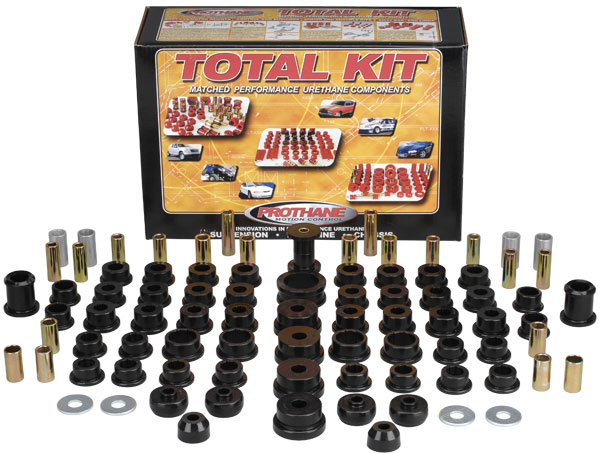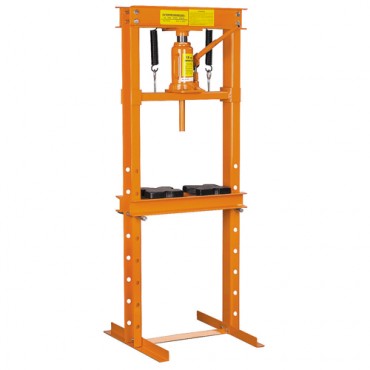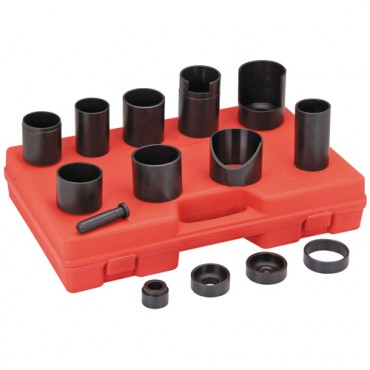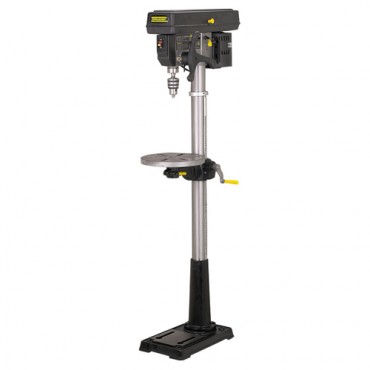upper control arm bushing USUALLY outlast lowers about 2:1 so ID have an alignment shop check out the car.
you might have a bad frame alignment or bad a-arm
poly bushings SQUEAK if they are not lubed and a good MOLY grease goes a LONG way to preventing that problem, Lithium grease is ok, but in either case get the bushings greased frequently if you can, and lube them every 4-6 months, if avoiding squeaks, is important to you..
http://www.corvettemagazine.com/compone ... joint.html
http://books.google.com/books?id=O2vA-v ... t&resnum=2
http://www.corvettepartsblog.com/c6corv ... tte-parts/
http://www.vetteweb.com/tech/vet_0311_c ... index.html
http://www.mamotorworks.com/corvette-1-148.html
http://www.mamotorworks.com/corvette-c4 ... -1089.html
you won,t be the first guy to drill & tap & install ZERK fittings
http://www.fittingsandadapters.com/greaszerfits.html
http://corvetteactioncenter.com/tech/c4/susp_chart.html
C4 corvette related sway bar and related info
NOW THIS WAS WRITTEN ABOUT A DIFFERENT CAR, BUT WORTH READING
Topic - Polyurethane Bushings and Friction
The root cause of road noise and vibration
Polyurethane, delrin and other plastic compound bushings are a common replacement for rubber suspension bushings. They reduce suspension deformation under load, providing more precise cornering. They also transmit road vibration and create ride harshness.
Ride harshness is often blamed on the hard-compound of polyurethane bushings. Though partly true, that is not the primary cause of harshness.
In fact, there is another process in play - friction. Friction is the primary cause of ride harshness with polyurethane bushings.
Rubber Bushing
Rotates via Deformation
Rubber bushings - how they work
For all their faults, rubber bushings allow suspension movement with very little friction. Rubber bushings do not slide in their mounts, they accommodate movement by deforming in a twisting motion. There is no friction surface hence the friction is very, very low. Rubber bushings resist movement due to the spring rate of the rubber, not friction. Their behavior is similar to a torsion spring though the spring rate is small.
Polyurethane bushings - how they work
Aftermarket polyurethane bushings are completely different than the rubber bushings they replace. Instead of deforming, the polyurethane forms a friction-surface that slides around the steel suspension member or mounting point.
Polyurethane Bushing
Rotates on friction surface
Unfortunately the polyurethane-on-steel friction coefficient is significant causing them to "grab" the steel liners. With the weight of a vehicle resting on the polyurethane the friction becomes substantial. The problem is compounded under high speed cornering loads or heavy braking. The problem is further compounded if the polyurethane bushing fitment is not precise or bushing alignment is poor. Grease will help reduce the friction but doesn't last long, as demonstrated by the many cars with squeaky polyurethane bushings.
Friction and damping
Early automobiles actually used friction-type dampers. Their performance is horrible and use was quickly eliminated in favor of hydraulic dampers.
The key problem with friction dampers is static friction and the resulting large force to start the suspension moving. Once moving, the dampers begin absorbing energy with relatively low kinetic friction. Essentially the suspension is locked in position until a large bump creates enough force to overcome the static friction of the suspension. The result is a very harsh ride that is insensitive to small bumps.
Contrast this with a modern hydraulic damper that begins motion with very low force. The damping action increases with the speed of the damper. The suspension responds well to both small and large bumps yielding improved ride quality, superior tire-to-road contact, and road-holding.
Though friction-type dampers are an extreme case, any friction in the suspension causes similar ride harshness.
Stiction
Static friction in suspensions is often called "stiction". The word invokes an appropriate image of a sticking, jerky, binding suspension that does not operate smoothly and only responds to large inputs (bumps).
Unfortunately, some level of stiction is present in all automotive suspensions. Ball joints, shock seals, and bushings all introduce some stiction. Stiction is the enemy of road-holding performance and ride quality. Though it can't be eliminated, all good handling cars take pains to minimize stiction. True race cars use metal heim joints and suspension bearings to minimize friction.
The high-stiction characteristics of polyurethane bushings have created their reputation for harshness.
Stiction and performance
The purpose of a performance suspension is to keep the tire contact patch optimal at all times to maximize grip. For a suspension to work it must move in response to bumps, road contours and driver input. Stiction interferes with movement attempting to lock the suspension in place. Unfortunately, stiction is greatest under high corner and braking loads - just when grip is most critical.
Stiction also makes accurate corner balancing of the vehicle nearly impossible. Stiction creates corner weights that lack repeatability.
Measuring stiction
With the car parked on a level surface, lift one bumper corner by hand extending the suspension as high as possible. Don't simply release, but SLOWLY let the car return to normal height under it's own weight. Do not push down. Measure and record the bumper height.
Next press down on same corner compressing the suspension. SLOWLY allow the car to return to normal height. Measure and record the bumper height.
The difference between the two heights is a measure of the cumulative stiction.
Several factors influence the acceptable range of good values including spring rate and vehicle type. But in general a difference of 1/4 inch would indicate low stiction, a difference of 1 inch or greater would indicate high stiction.
Reducing stiction
Identify and understand the operation of all friction points in your suspension. This includes "A" arm bushings, ball joints, steering tie rods, shock seals, shock mounts, sway bars, linkages and anything that moves with the suspension.
Ensure that all these friction components are in top shape, replace anything that is worn. Ensure that all items requiring lubrication are properly lubricated.
Replace high-friction elements like polyurethane bushings with low friction alternatives. Low friction alternatives include PolyBronze Bearings for 911, 914 and 944, monoballs for 911, 914, and 944 as appropriate.
Ensure that all bushing mounts are properly aligned. Misaligned mounts result in pinching, binding and excessive stiction.
Chuck Moreland - January 2004

